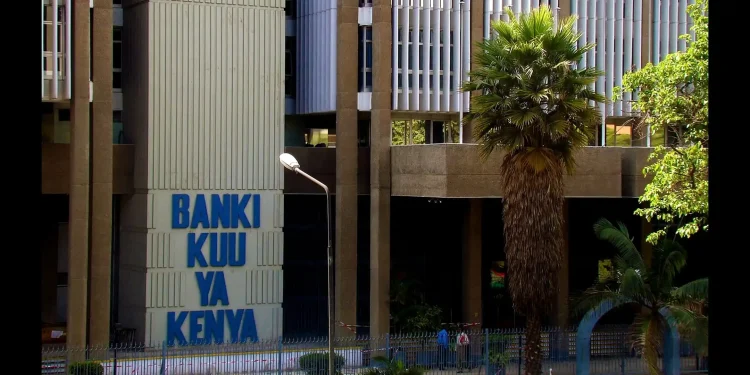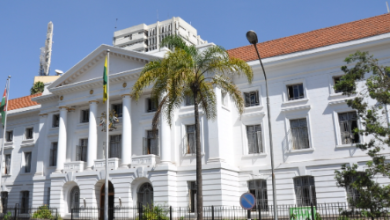CBK Retains Benchmark Rate at 13%

The Central Bank of Kenya’s (CBK) Monetary Policy Committee (MPC) has retained maintained the benchmark rate at 13.00 per cent for a 2nd time this year.
The neutral stance is to anchor inflationary expectations while ensuring stability of the shilling in a bid to allow for previous hikes to fully transmit through the economy. The MPC expressed confidence that its previous measures have since lowered the overall inflation to the midpoint of the target range, stabilized the exchange rate, and anchored inflationary expectations.Food inflation went up to 6.2 percent in May compared to 5.6 percent in April, due to supply disruptions attributed to the recent heavy rains and flooding in some parts of the country.“Overall inflation is expected to remain stable around the midpoint of the target range in the near term, supported by the stable exchange rate, improved food supply attributed to favorable weather conditions, stable fuel prices, and the impact of monetary policy actions which continue to filter through the economy,” the MPC said.
Fuel inflation declined to 7.8 percent in May from 8.3 percent in April on the back of lower pump and electricity prices. Non-food non-fuel (NFNF) inflation eased to 3.4 percent in May from 3.6 percent in April mirroring the impact of monetary policy measures.
According to the Monetary Policy Committee (MPC) chairman Governor Kamau Thugge, the global growth continues to recover, supported by stronger than expected growth in the United States, and resilient growth in some large emerging market economies, particularly India.
“The main risks to the global growth outlook relate to further escalation of geopolitical tensions and interest rates remaining higher for longer. Global inflation has moderated, but some stickiness has persisted in the advanced economies,” he said, “Food inflation has continued to decline with improved supply of key food items, particularly sugar and cereals. International oil prices have moderated, due to reduced risk premium from the Middle East conflict and improved supply by non-OPEC+ oil producers. However, freight costs have remained high on account of longer transits by shippers to avoid possible attacks on vessels in the Red Sea.”
The committee noted an uptick in the banking sector’s gross non-performing loans (NPLs) ratio, which stood at 16.1 percent in April 2024 compared to 15.5 percent in February. Banks have been raising lending rates since the MPC set the benchmark rate at 13% in February: KCB Kenya’s base lending rate stands at 15.6%, while Equity Bank raised its base lending rate from 17.56% to 18.24% in February.
Private sector credit growth on the other hand, decelerated to 6.6 percent in April 2024 compared to 7.9 percent in March – pointing to the impacts of heightened interest rates on credit demand to the real economy. Additionally,CBK says, this reflects exchange rate valuation effects on foreign currency denominated loans following the gaining shilling. Both exports and imports were higher in the first four months of 2024 compared to a similar period in 2023 recording 15.2 percent and 2.2 per cent increases respectively.“Despite the recent flooding in some parts of the country, the economy is expected to remain strong in 2024, supported by the resilient services sector, robust performance of the agriculture sector, and continued implementation of Government measures to boost economic activity across priority sectors.” the CBK in a statement.
Tourist arrivals improved by 27.2 percent in the 12 months to March 2024 compared to a similar period in 2023, and were 22.0 percent higher in March 2024 compared to March 2023.
Central Bank raised the key lending rate from 10.5% to 12.5% in December 2023, before hiking it to 13% in February.
CBK Retains Benchmark Lending Rate at 13% – Kenyan Wall Street
ADVERTISEMENT



